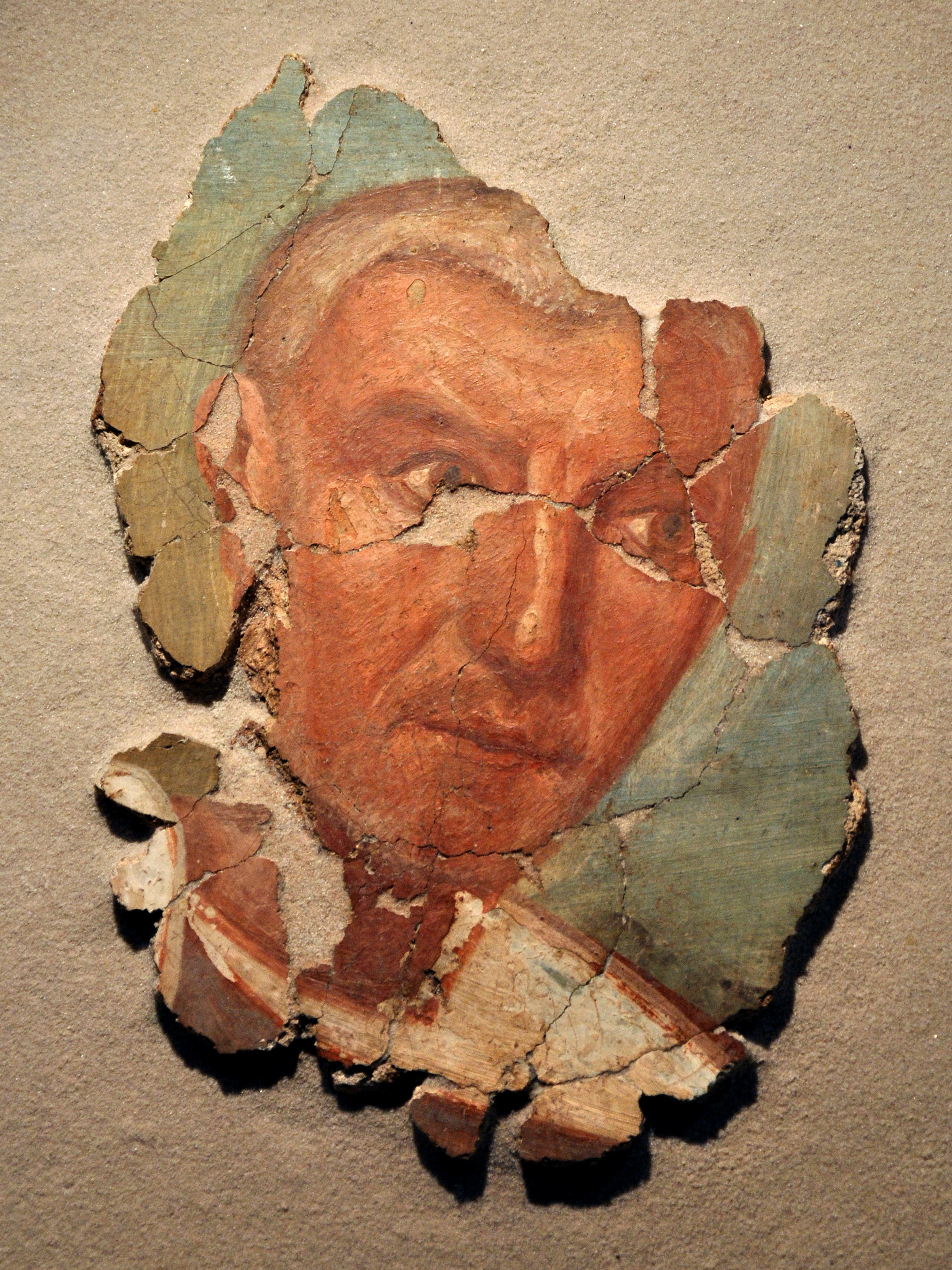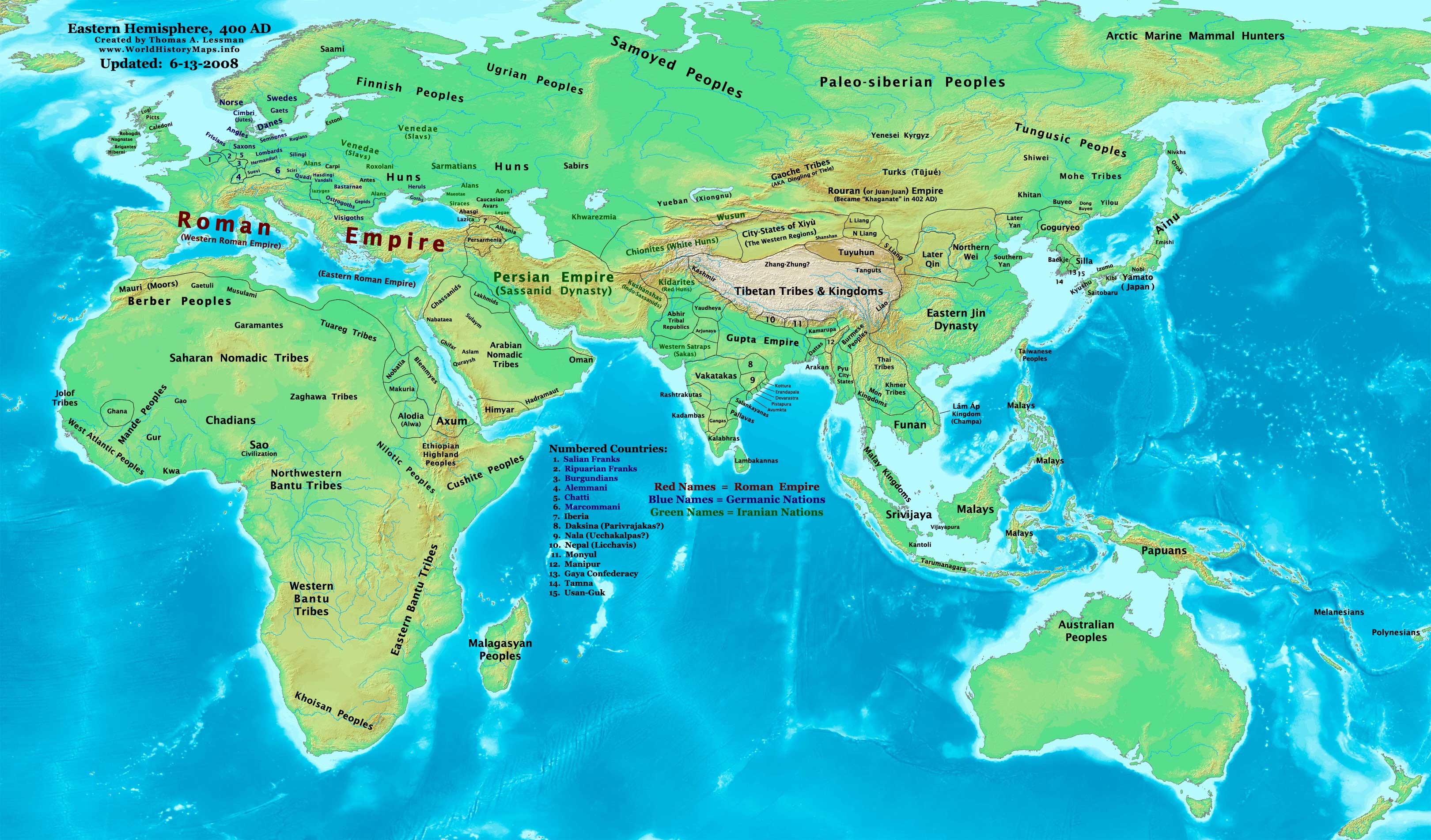|
Saint Sylvius
Sylvius of Toulouse (Silvius, ) was bishop of Toulouse The Archdiocese of Toulouse (–Saint Bertrand de Comminges–Rieux) is a Latin Church ecclesiastical territory of the Catholic Church in France. The diocese comprises the Department of Haute-Garonne and its seat is Toulouse Cathedral. Archbi ... from 360 AD to 400 AD. He was succeeded by Exuperius. Sylvius began construction of the basilica of St. Sernin of Toulouse towards the end of the 4th century.Knights of Columbus. Catholic Truth Committee. ''The Catholic encyclopedia: an international work of reference on the constitution, doctrine, discipline, and history of the Catholic Church'', Volume 14. Encyclopedia Press, 1913, 797. The church was later completed by his successor Exuperius. Sylvius' remains were later transferred to the church he had begun. References Bishops of Toulouse Gallo-Roman saints 4th-century bishops in Gaul History of Toulouse 4th-century Christian saints Burials at the Bas ... [...More Info...] [...Related Items...] OR: [Wikipedia] [Google] [Baidu] |
Bishop Of Toulouse
The Archdiocese of Toulouse (–Saint Bertrand de Comminges–Rieux) is a Latin Church ecclesiastical territory of the Catholic Church in France. The diocese comprises the Department of Haute-Garonne and its seat is Toulouse Cathedral. Archbishop Guy de Kerimel has been its head since 2021. In 2022, in the Archdiocese of Toulouse there was one priest for every 3,997 Catholics Suffragans The Archdiocese has 7 suffragan dioceses and archdioceses: Archdiocese of Albi, Archdiocese of Auch, Diocese of Cahors, Diocese of Montauban, Diocese of Pamiers, Diocese of Rodez, Diocese of Tarbes-et-Lourdes. Jurisdiction As re-established by the Concordat of 1802, it included the departments of Haute-Garonne and Ariège, at which time, the archbishop joined to his own the title of Auch, jurisdiction over Auch being given to the Diocese of Agen">Ariège (department)">Ariège, at which time, the archbishop joined to his own the title of Auch, jurisdiction over Auch being given to the ... [...More Info...] [...Related Items...] OR: [Wikipedia] [Google] [Baidu] |
Saint Exuperius
Exuperius (also Exsuperius) () (died c. 410) was Bishop of Toulouse at the beginning of the 5th century. Life His place and date of birth are unknown. Upon succeeding Sylvius as bishop of Toulouse, he ordered the completion of the basilica of St. Saturnin, a part of which was incorporated into the Basilica of St. Sernin. Jerome praised Exuperius "for his munificence to the monks of Palestine, Egypt, and Libya, and for his charity to the people of his own diocese, who were then suffering from the attacks of the Vandals, Alans, and Suevi." On behalf of the poor in his diocese he sold the basilica's altar vessels and was therefore compelled to carry the Sacred Offering in an osier basket and the Precious Blood in a vessel of glass. In respect of his virtues and in gratitude for his gifts, Jerome dedicated his ''Commentary on Zacharias'' to him. Exuperius is best known in connection with the biblical canon. He had written to Pope Innocent I for instructions concerning the canon ... [...More Info...] [...Related Items...] OR: [Wikipedia] [Google] [Baidu] |
Basilica Of St
In Ancient Roman architecture, a basilica (Greek Basiliké) was a large public building with multiple functions that was typically built alongside the town's Forum (Roman), forum. The basilica was in the Latin West equivalent to a stoa in the Greek East. The building gave its name to the ''basilica'' architectural form. Originally, a basilica was an ancient Roman architecture, ancient Roman public building, where courts were held, as well as serving other official and public functions. Basilicas are typically rectangular buildings with a central nave flanked by two or more longitudinal aisles, with the roof at two levels, being higher in the centre over the nave to admit a clerestory and lower over the side-aisles. An apse at one end, or less frequently at both ends or on the side, usually contained the raised Tribune (architecture), tribunal occupied by the Roman magistrates. The basilica was centrally located in every Roman town, usually adjacent to the forum and often opp ... [...More Info...] [...Related Items...] OR: [Wikipedia] [Google] [Baidu] |
Bishops Of Toulouse
The Archdiocese of Toulouse (–Saint Bertrand de Comminges–Rieux) is a Latin Church ecclesiastical territory of the Catholic Church in France. The diocese comprises the Department of Haute-Garonne and its seat is Toulouse Cathedral. Archbishop Guy de Kerimel has been its head since 2021. In 2022, in the Archdiocese of Toulouse there was one priest for every 3,997 Catholics Suffragans The Archdiocese has 7 suffragan dioceses and archdioceses: Archdiocese of Albi, Archdiocese of Auch, Diocese of Cahors, Diocese of Montauban, Diocese of Pamiers, Diocese of Rodez, Diocese of Tarbes-et-Lourdes. Jurisdiction As re-established by the Concordat of 1802, it included the departments of Haute-Garonne and Ariège, at which time, the archbishop joined to his own the title of Auch, jurisdiction over Auch being given to the Diocese of Agen">Ariège (department)">Ariège, at which time, the archbishop joined to his own the title of Auch, jurisdiction over Auch being given to the Dioces ... [...More Info...] [...Related Items...] OR: [Wikipedia] [Google] [Baidu] |
Gallo-Roman Saints
Gallo-Roman culture was a consequence of the Romanization of Gauls under the rule of the Roman Empire in Roman Gaul. It was characterized by the Gaulish adoption or adaptation of Roman culture, language, morals and way of life in a uniquely Gaulish context. The well-studied meld of cultures in Gaul gives historians a model against which to compare and contrast parallel developments of Romanization in other less-studied Roman provinces. ''Interpretatio romana'' offered Roman names for Gaulish deities such as the smith-god Gobannus; however, of the Celtic deities, only the horse-patroness Epona penetrated Romanized cultures beyond the confines of Gaul. The barbarian invasions began in the late 3rd century and forced upon Gallo-Roman culture fundamental changes in politics, economic underpinning and military organization. The Gothic settlement of 418 offered a double loyalty, as Western Roman authority disintegrated at Rome. The plight of the highly-Romanized governing cl ... [...More Info...] [...Related Items...] OR: [Wikipedia] [Google] [Baidu] |
4th-century Bishops In Gaul
The 4th century was the time period from 301 CE (represented by the Roman numerals CCCI) to 400 CE (CD) in accordance with the Julian calendar. In the West, the early part of the century was shaped by Constantine the Great, who became the first Roman emperor to adopt Christianity. Gaining sole reign of the empire, he is also noted for re-establishing a single imperial capital, choosing the site of ancient Byzantium in 330 (over the current capitals, which had effectively been changed by Diocletian's reforms to Milan in the West, and Nicomedeia in the East) to build the city soon called Nova Roma (New Rome); it was later renamed Constantinople in his honor. The last emperor to control both the eastern and western halves of the empire was Theodosius I. As the century progressed after his death, it became increasingly apparent that the empire had changed in many ways since the time of Augustus. The two-emperor system originally established by Diocletian in the previous century fel ... [...More Info...] [...Related Items...] OR: [Wikipedia] [Google] [Baidu] |
History Of Toulouse
The history of Toulouse, in Occitania, southern France, traces back to ancient times. After Roman rule, the city was ruled by the Visigoths and Merovingian and Carolingian Franks. Capital of the County of Toulouse during the Middle Ages, today it is the capital of the Midi-Pyrénées region. Before 118 BC: pre-Roman times Archaeological evidence dates human settlement in Toulouse to the 8th century BC. Its location was advantageous; the Garonne River bends westward toward the Atlantic Ocean, and can be crossed easily. People settled on the hills overlooking the river, in the modern locality of Vieille-Toulouse (literally "Old-Toulouse"), south of present downtown Toulouse. Just north of the hills is a large plain suitable for agriculture, and the site was a center for trade between the Pyrenees, the Mediterranean and the Atlantic. The historical name of the city, Tolosa (Τολῶσσα in Greek, and of its inhabitants, the Tolosates, first recorded in the 2nd century BC), r ... [...More Info...] [...Related Items...] OR: [Wikipedia] [Google] [Baidu] |
4th-century Christian Saints
The 4th century was the time period from 301 CE (represented by the Roman numerals CCCI) to 400 CE (CD) in accordance with the Julian calendar. In the West, the early part of the century was shaped by Constantine the Great, who became the first Roman emperor to adopt Christianity. Gaining sole reign of the empire, he is also noted for re-establishing a single imperial capital, choosing the site of ancient Byzantium in 330 (over the current capitals, which had effectively been changed by Diocletian's reforms to Milan in the West, and Nicomedeia in the East) to build the city soon called Nova Roma (New Rome); it was later renamed Constantinople in his honor. The last emperor to control both the eastern and western halves of the empire was Theodosius I. As the century progressed after his death, it became increasingly apparent that the empire had changed in many ways since the time of Augustus. The two-emperor system originally established by Diocletian in the previous century fel ... [...More Info...] [...Related Items...] OR: [Wikipedia] [Google] [Baidu] |



